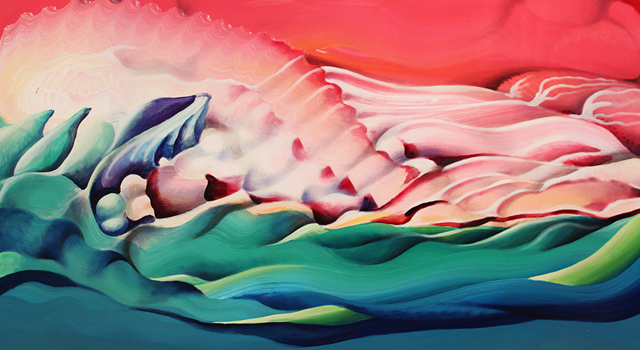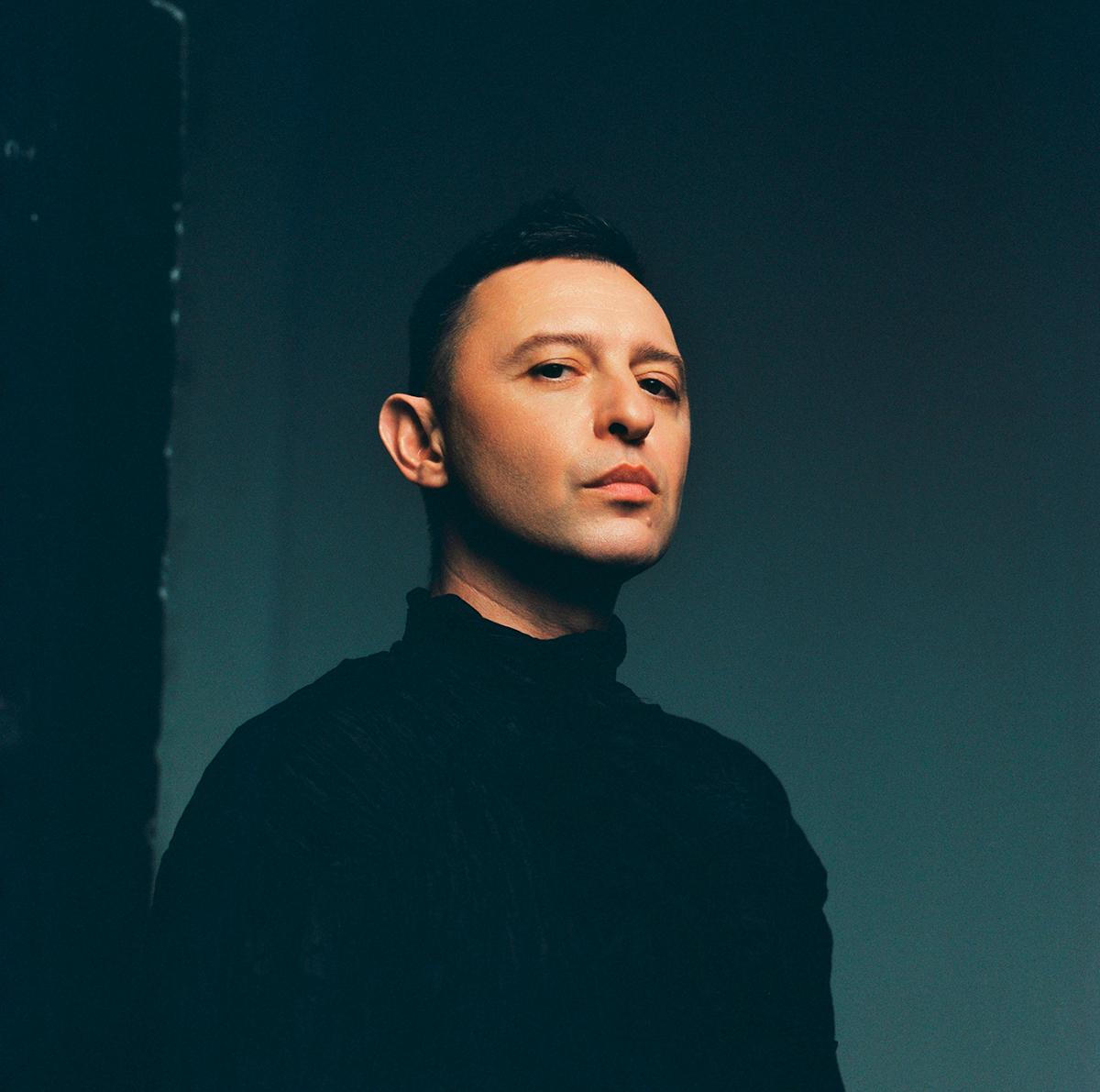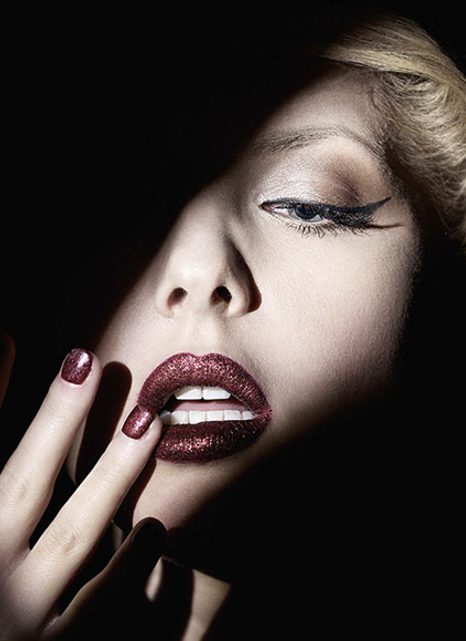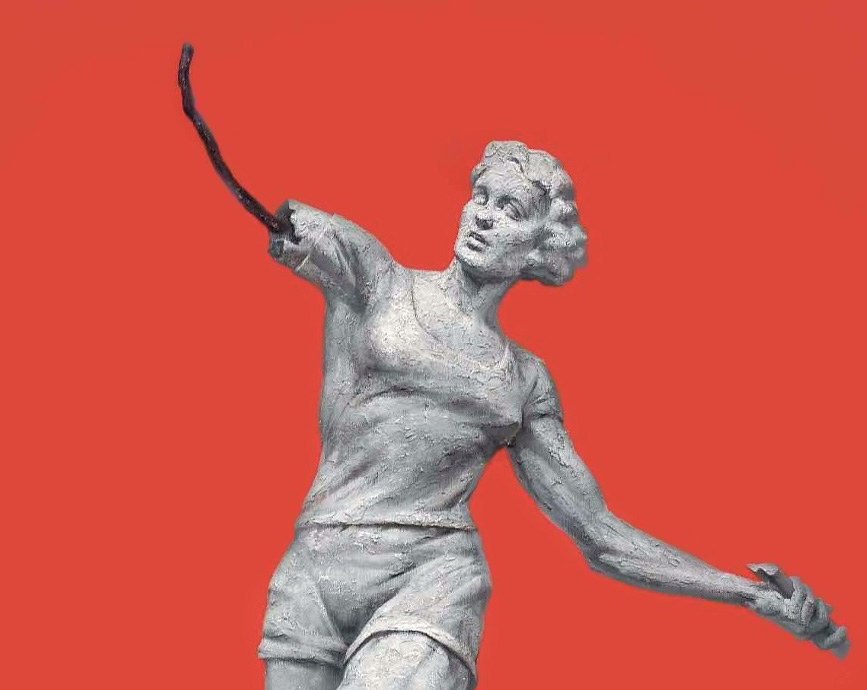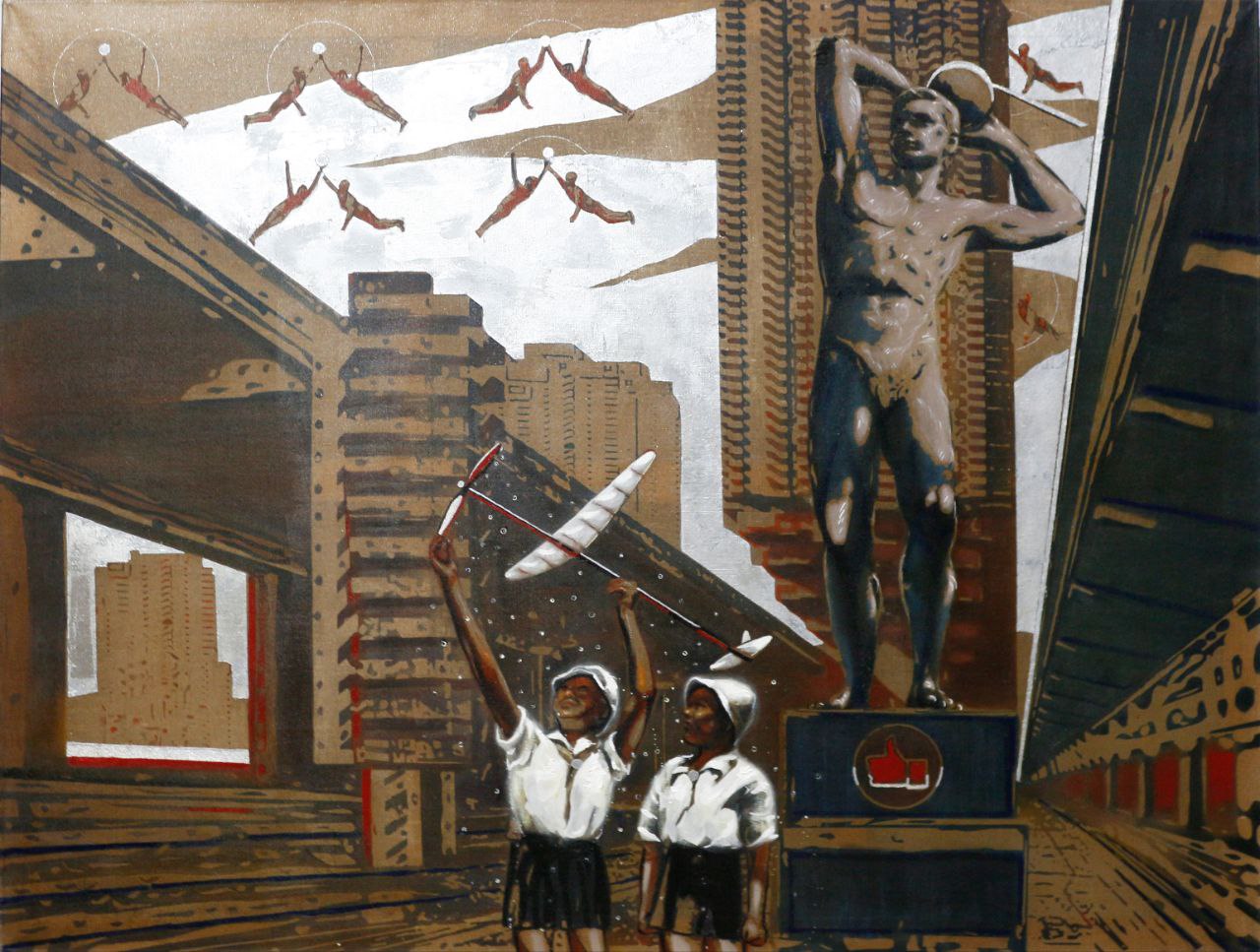Today, when the understanding of what can be considered music and what painting is rapidly changing, Victor Haschansky's works seem organic and well-timed. His personal creative process includes not only creation of pictural composition, reflecting his own spiritual experience, but also an attempt to make it sound by extracting music out of painting
Despite the differences in methods, this project inevitably refers to synesthetic experiments of integrating colors and sound by A. Scriabin and V. Afanasiev. Although the musical visualization of paintings is not a direct result of subjective author's perception, but of the specially created computer program, it is still possible to imagine that the painting was created by a man, totally absorbed with the power of music and sounds. However, at a certain stage of deriving music out of painting, the artist unavoidably relies on his personal taste and talent, becoming a conductor of already synthesized sounds. Or even before that, since he is the one who chooses the appropriate sounds and instruments. Therefore, the computer acts more as a mediator, optimizing the composer's work.
This is what unites Victor Haschansky's experiments with the works of those, who created audiovisual theories of intuitive music-color relations, and who tried to grasp the basic laws of harmony between colors and notes. So it's not really important, on which side of the endless and colorful sea of vibrations, forms and sounds creators draw their inspiration from. The main thing is a unique opportunity for an artist to create his own reality. And it is wonderful that he can attract more and more of new media that are available nowadays. Let's recall J. Cage, who already far in 1942 dreamed of "a compact technological box capable to produce any possible sound and noise upon composer's command".
The creative method of Victor Haschansky is akin to surrealist automatism, revealing deeply hidden subconscious allusions. The source of inspiration for an image on a canvas can be drawn anywhere: TV weather forecast, sound of alarm clock, anticipation of holiday, stranger's smile, hot Korean food or flowers for Ingrid. In the painting titles we can guess the intellectual aura of the artist's studio: Vonnegut and Freud, Zarathustra and Buddha, Mandelbrot and Moebius. Sometimes a paradoxical title makes us totally change the angle of visibility on the complicated colorful substances of the painting ("Events and circumstances of the past are leading us into the future", 2008; "In order to exit, you have to enter first", 2010; "The thoughts on the Middle East go from right to left" , 2010).
Music is an integral part of Victor Haschansky's creative process. First, it creates the atmosphere for the birth of a painting, and then the artist turns the work into music. Sometimes music plays the main role ("History of Jazz", 2012; "Music of World", 2012). Blue pizzicato, splashed onto a dense black background (2012), red-blue checkerboard rhythm, enclosing a restive chord ("Rhythm", 2011), geometrical composition of a simple melody (2011), syncopated offset of planes ("Counterpoint", 2011) and simple silence when the artist's consciousness returns back to music. "Music for airplanes and bicycles" (2012) — isn't it a worthy response to Brian Eno and his famous "Music for Airports"!?
Contemplation of Victor Haschansky's works gives us a certain understanding of the author subsistence and his need to embody his current emotions and feelings into something tangible. The artist is constantly moving along the path to his harmony, which he is happy to share with the audience, as if he says: "Listen, how my heart is beating!".
Eugenia Logvinova,
Art historian,
Member of the Association of Art Historians and the Union of Artists of Russia.
Victor Haschansky was born in Dzerzhinsk in 1959. In 1983 he graduated from the Leningrad Institute of Cinema Engineers, and then from the courses of production design. For fifteen years he worked as a production designer in "Kvadrat" jazz club. In 2000 he moved to Finland, where currently lives and regularly participates in various exhibitions.
The author participated at twenty-six solo and twenty group exhibitions.
His works are presented in private collections in Finland, Russia and France.

